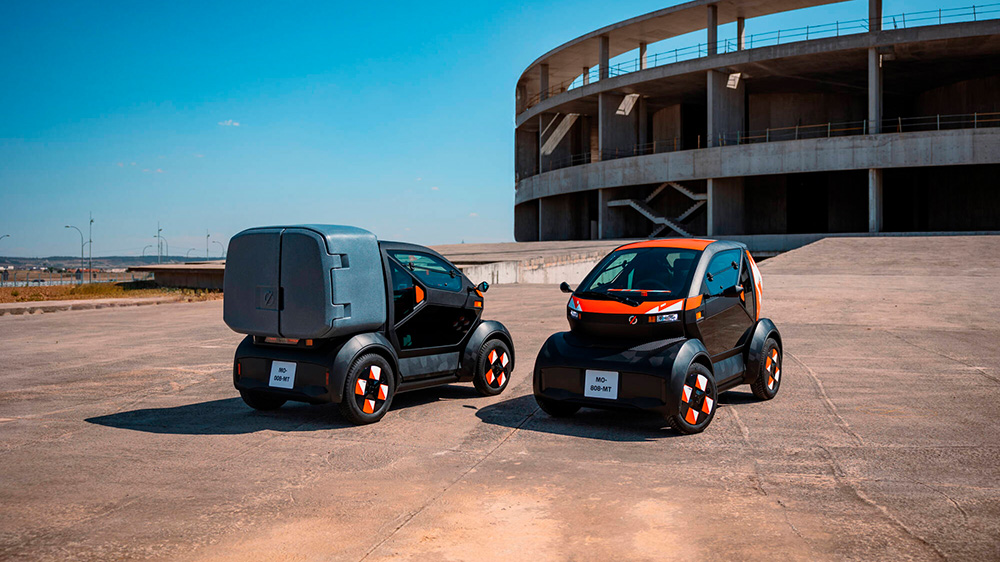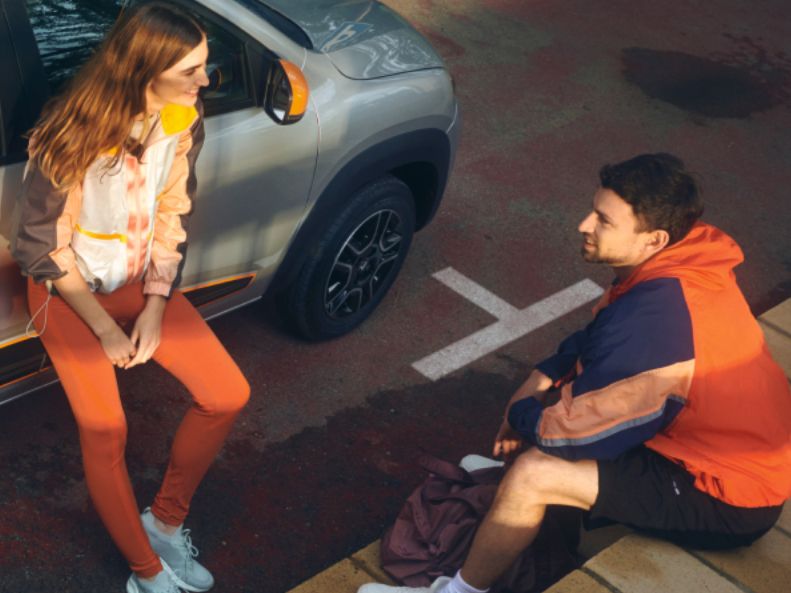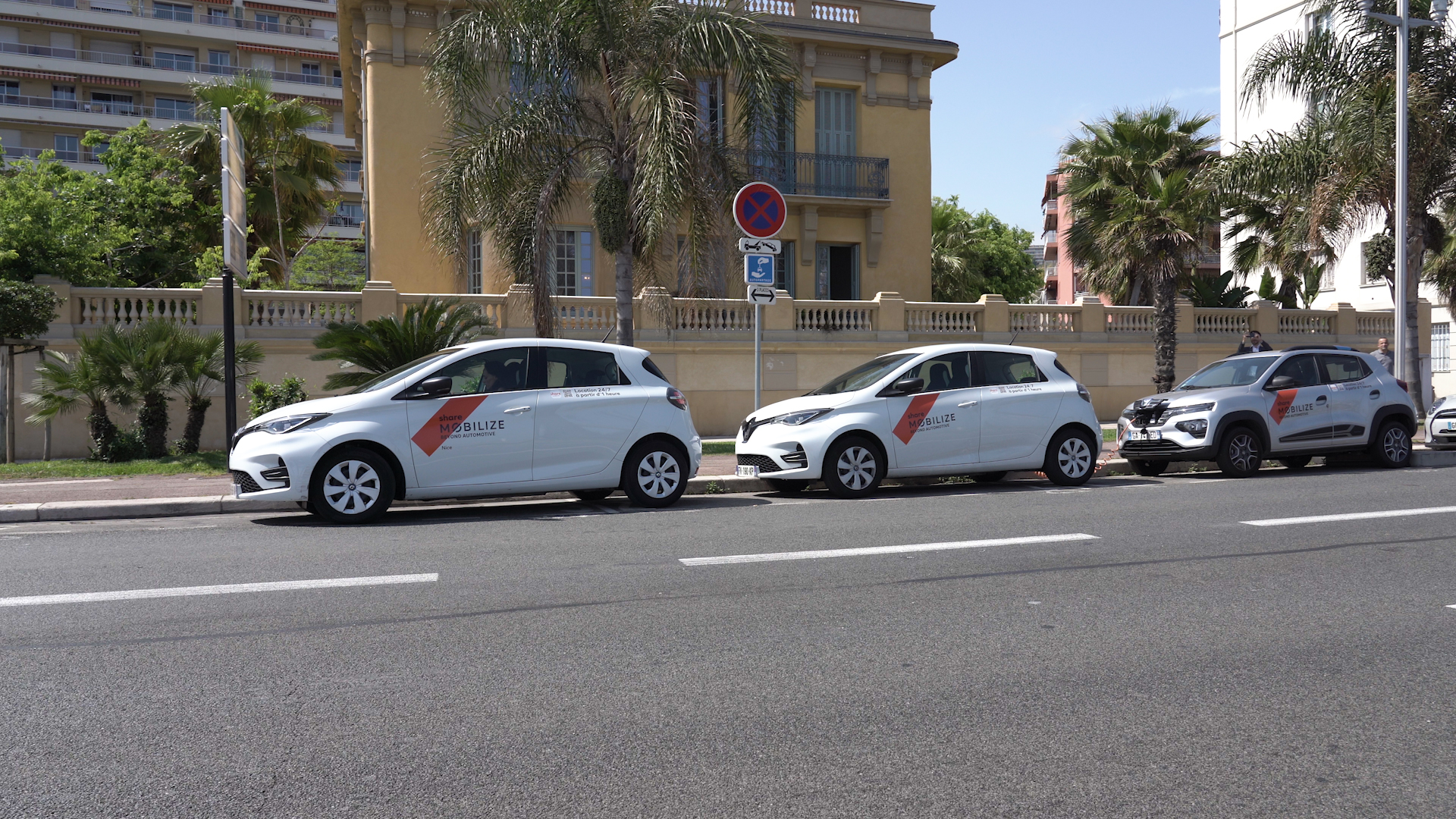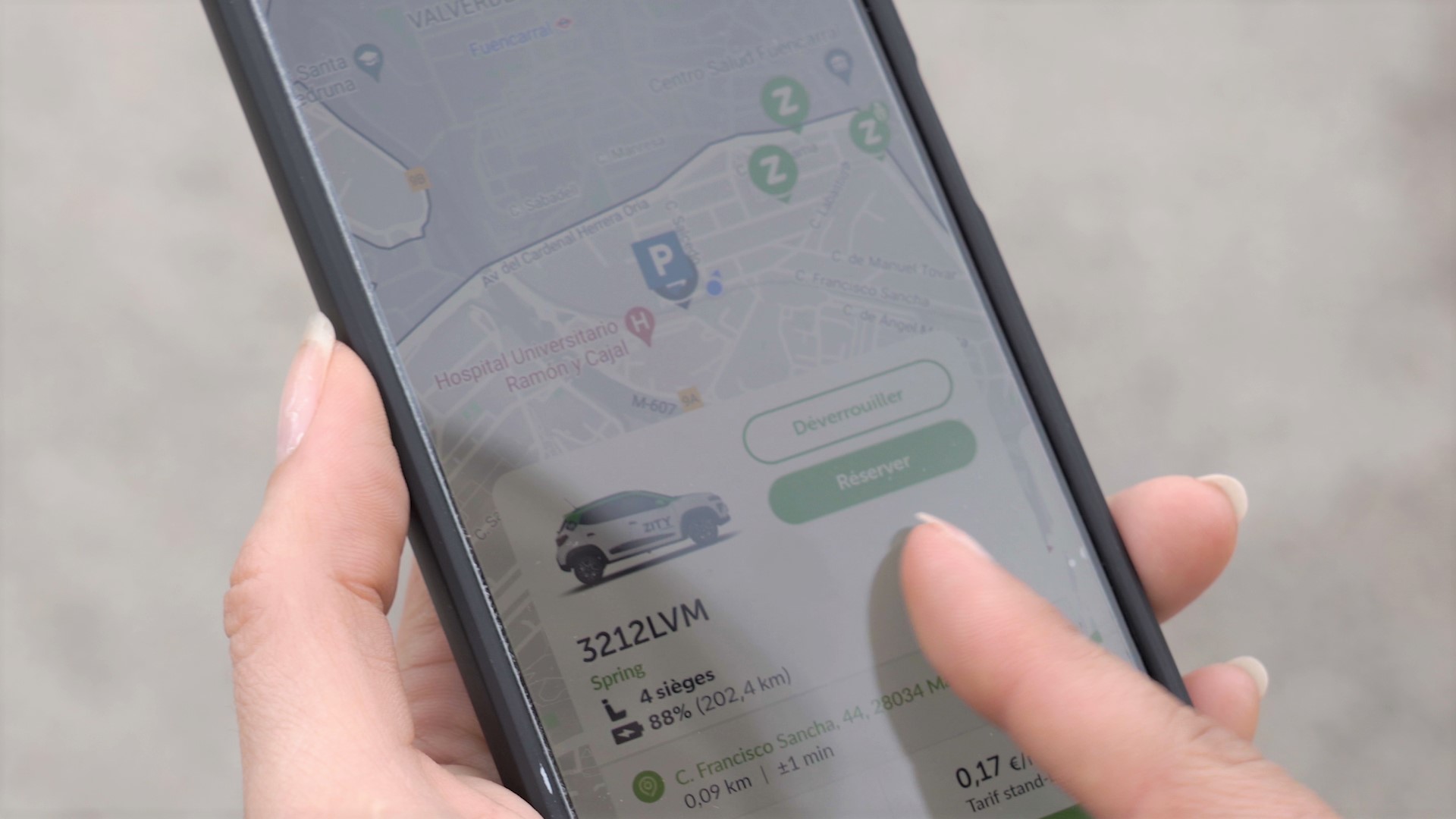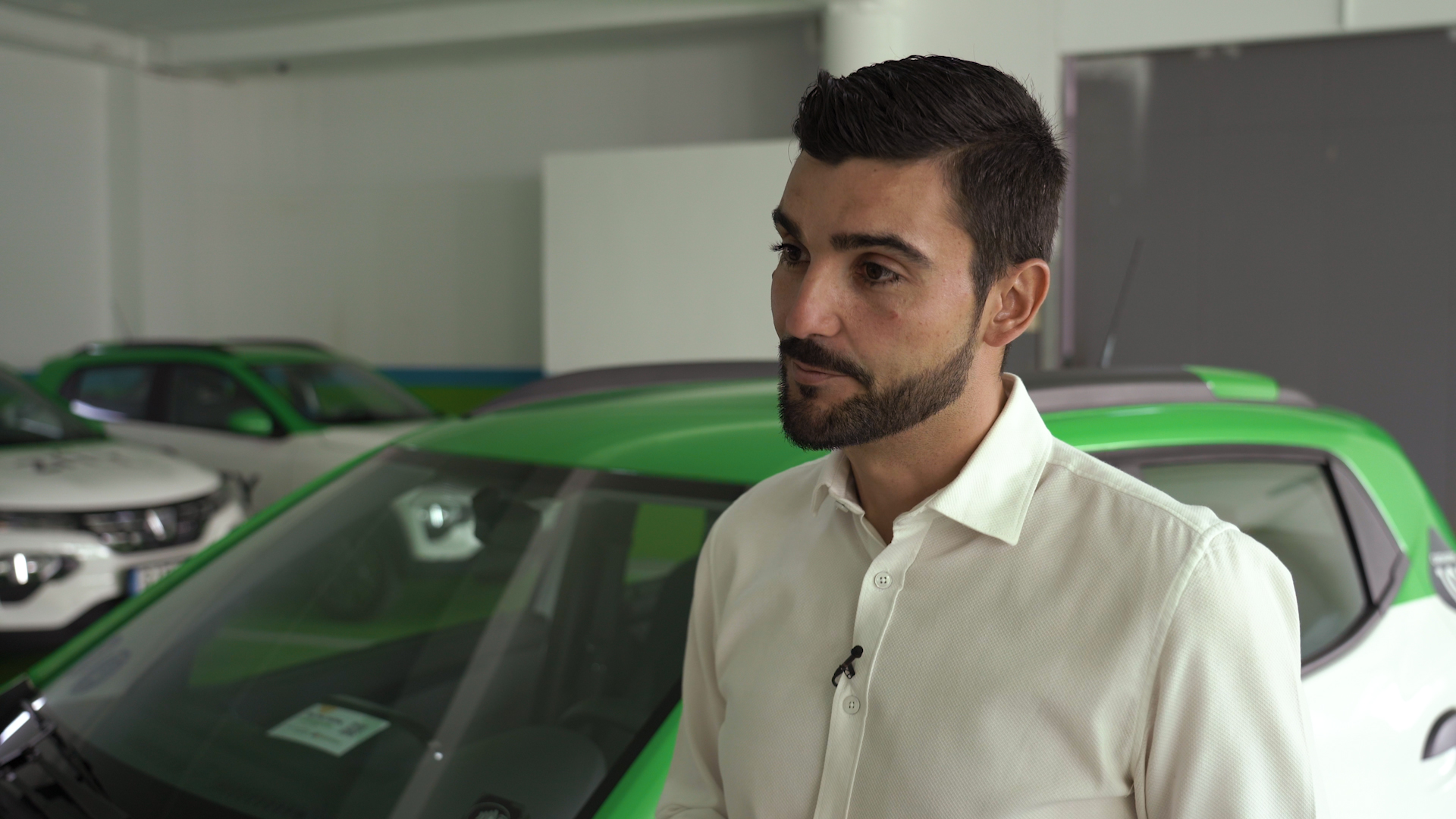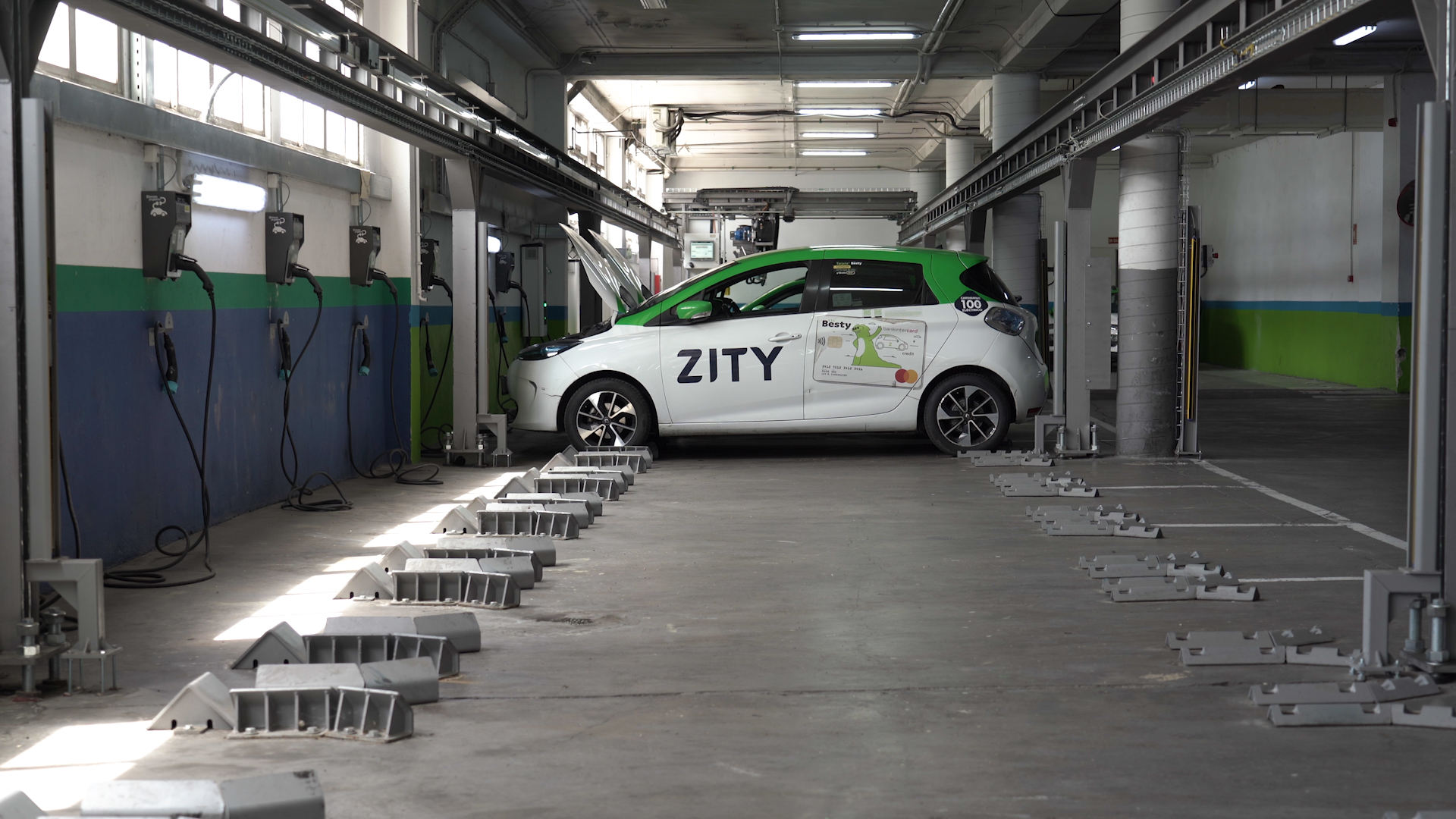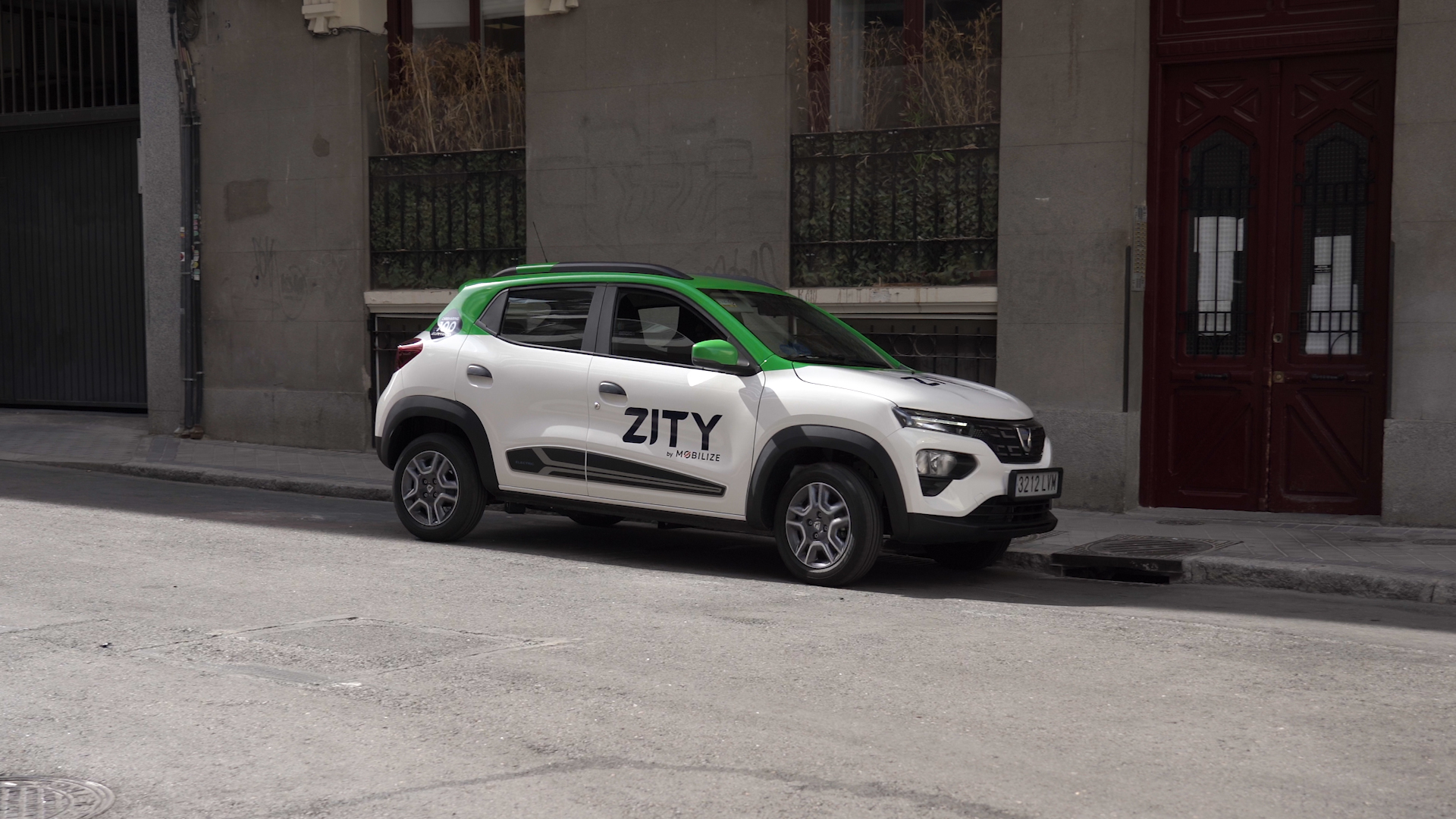“In France, the launch of carsharing services is only possible if we are able to meet the cities’ requirements and obtain the ‘autopartage’ carsharing label”
The transport landscape in urban areas is changing dramatically. With traffic jams, driving restrictions and the costs associated with owning a vehicle, more and more city dwellers are turning to carsharing. Local councils are also in favour of this solution, as it enables communities to access a wider range of transport options. How does the “back office” work? How do operators and local councils reach an agreement about the roll-out of a carsharing service? What criteria need to be taken into account to make it happen and ensure it runs smoothly? We wanted to find out more about the ins and outs of rolling out a carsharing service in a large capital city and a medium-sized urban area, so we headed to Madrid and Nice to learn about Zity by Mobilize and Mobilize Share, whose fleets are 100% electric.
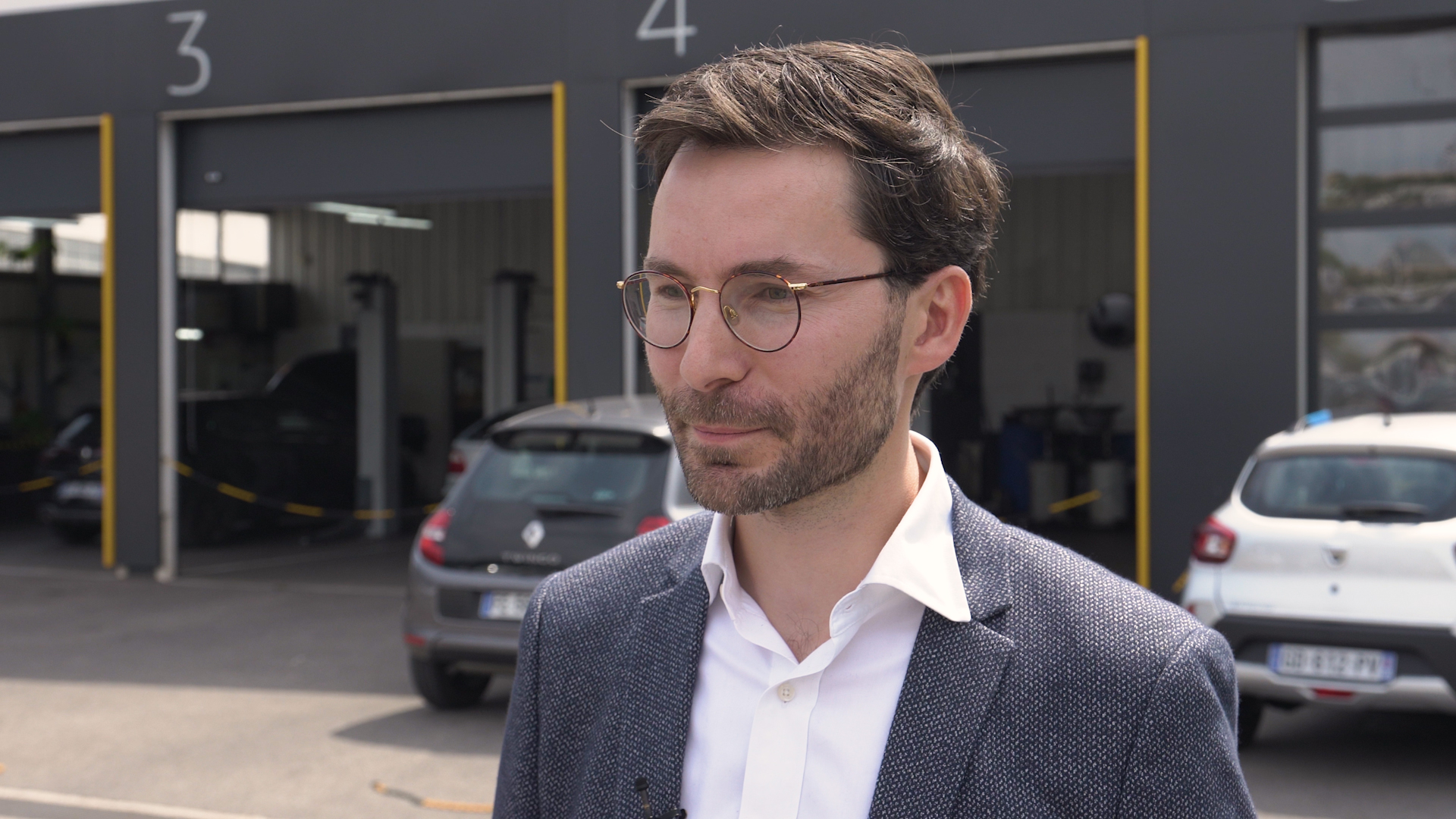
What exactly is carsharing?
Our investigation is about “carsharing”. But what is meant by this term? If we refer to a dictionary, we learn that carsharing consists of “the providing of self-service vehicles to users for the duration and destination of their choice.”
When interviewing Laurence Béchon, Director of Mobilize’s Mobility Services, we were told that carsharing differs from traditional car rental by making a vehicle available 24/7 to vehicles for trips lasting minutes or days. Additionally, users do not need to pick up keys, as they can unlock and lock vehicles with their smartphone. They are invoiced for all related charges, including charging and insurance.
We also found out that there are two types of carsharing models – free-floating systems (like Zity by Mobilize) and station-based systems (like Mobilize Share).
Zity by Mobilize is a free-floating carsharing solution. The vehicles are available on demand without fixed on-street pick-up and drop-off locations. There is no need to book a specific vehicle for a specified amount of time. Users can end their trip whenever and wherever they like within a designated area. They can use the vehicles for short one-way trips. Most trips do not last more than two or three hours.
Mobilize Share is a station-based carsharing solution. The vehicles can be pre-booked for a set amount of time to ensure that a mobility solution is available when needed. They need to be picked up from and dropped back to a designated location which can be for both parking and charging the vehicles, as it is the case in Nice.
Are free-floating and station-based services suitable for all urban areas?
Laurence Béchon also explained that carsharing services work best in medium-sized to large urban areas. Carsharing complements other (public and private) transport options available in large cities.
Before operators can launch a carsharing service in a large city, they must take various factors into consideration, such as the number of inhabitants and jobs, density, jobs-housing balance, existing transport accessibility and efficiency, as well as competition. However, criteria differ between free-floating and station-based carsharing services.
We decided Madrid would be a good place to find out more, as Spain’s capital city was where the Zity by Mobilize service was first rolled out.
Free-floating carsharing services, such as Zity by Mobilize, suit high-density urban areas, where people tend to use a range of transport options. To attract and retain customers in a competitive landscape, these services need to be reasonably priced and simple to use and allow users to park the vehicles easily and for free. According to José Barrios, Operations Manager at Zity Madrid:
“Free-floating carsharing services like Zity by Mobilize suit large cities with over 500,000 inhabitants. Ensuring a certain number of vehicles are available per kilometre is key. A carsharing service can be classed as efficient if users can access a vehicle less than 300 m away. This means that 700 to 800 vehicles are needed in a city like Madrid, which has a population of 3 million people.”
Maintenance and charging facilities play a key role in keeping a fleet of this size on the road. José Barrios explained that Zity – an independent company separate from Renault Group’s distribution network – has premises spanning 3 000 m² and employs 70 people who keep the service running.
Station-based services, such as Mobilize Share, are better suited to medium-density urban areas, where people would only occasionally need to use carsharing services. Our investigation also took us to Nice, a city with around 340,000 inhabitants.
“There are 62 electric vehicles in the Mobilize Share fleet in Nice, which is enough to meet local residents’ mobility needs. Their trips tend to last longer than those of free-floating carshare users. The average rental period is around seven hours.”
Guillaume Naegelen, Head of Program at Mobilize Share.
“Mobilize Share is deployed by the local Renault dealership network, which is also responsible for vehicle maintenance.”
For both carsharing systems, the fleet size should reflect strategic parameters, such as the initial number of vehicles and projected growth.
Now we have a clear understanding of the different types of carsharing services, it is time to take a look at the stakeholders behind them.
How do you go about choosing a city that would benefit from a carsharing solution?
Once it has identified a need or potential location, Mobilize and the local or regional council, depending on how the country is structured administratively get in touch. When necessary, intermunicipal structures responsible for managing roads, traffic and parking are involved in project implementation. The project is then built in a co-construction spirit, with all stakeholders.
“In France, the launch of carsharing services is only possible if we are able to meet the village’s requirements and obtain the “autopartage” carsharing label.”
Guillaume Naegelen, Head of Program, Mobilize Share.
For those of you who are not familiar with this label, it recognises that the service benefits the general public. Vehicles displaying this label have access to special parking spaces, public charging stations, as well as permanent or temporary free parking, showing just how important it is.
The service area then needs to be clearly defined.
“Plentiful stations and easily identifiable service area boundaries (large boulevards or ring roads, for instance) incentivise people to use free-floating carsharing services.”
José Barrios, Operations Manager at Zity Madrid.
The outcome of the dialogue with local authorities also depends on the length of the operating contract, the level of support provided, and the possible fees associated with the provision of parking spaces.
Public authorities are often in favour of carsharing, as it helps reduce noise and air pollution, particularly when all-electric fleets are involved. These services are also easy to use and pocket friendly, so it’s no wonder their popularity is soaring!
